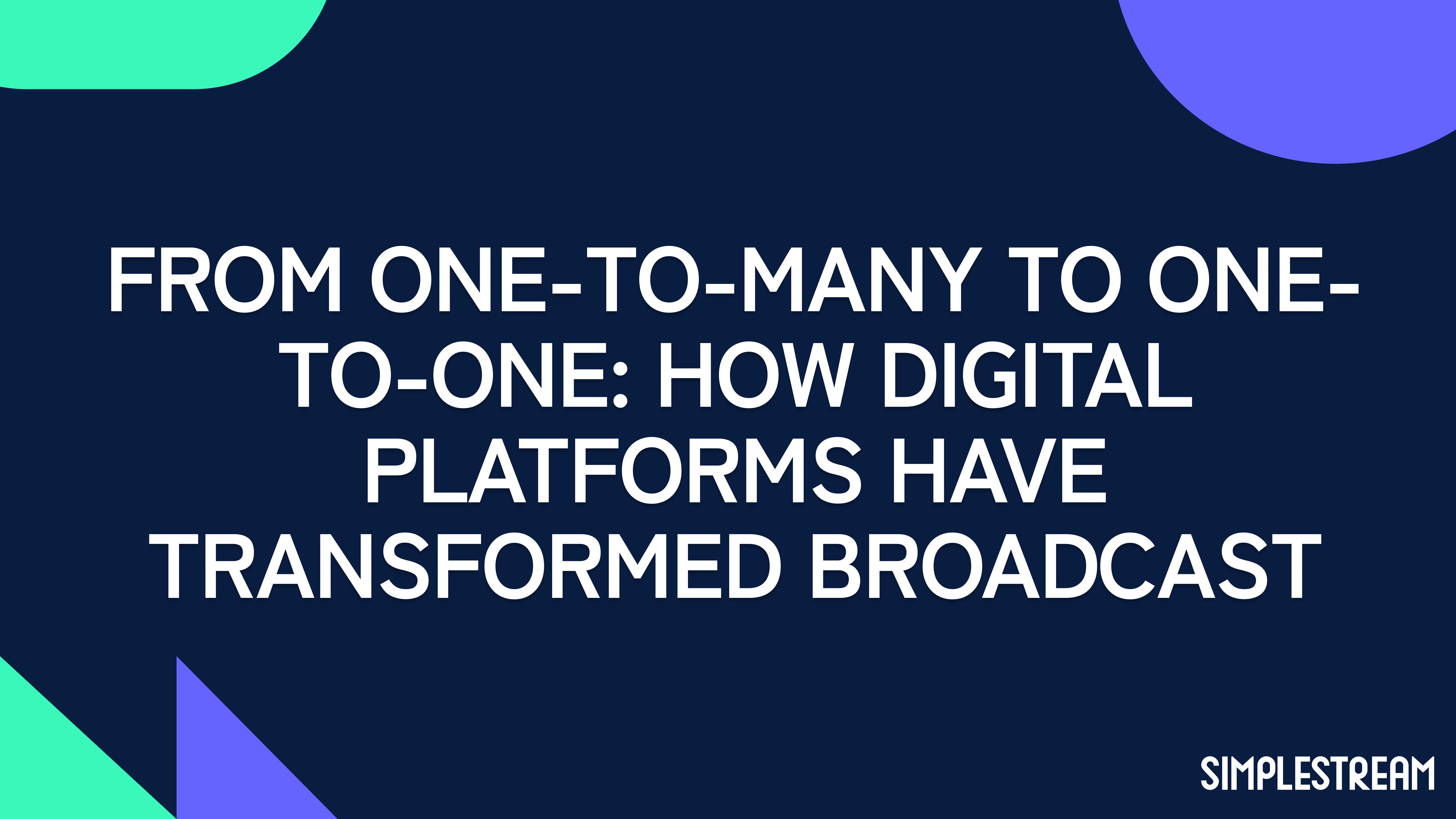Gamification: higher engagement, increased fun
A short history and explanation of gamification and how it can be used by streaming and OTT services to maximise audience engagement and increase revenue.
Humans have been making games for thousands of years, and we’re not just talking about Monopoly. 70% of the 2000 largest companies in the world are utilising gamification because it’s easier to get people to engage when something is fun. This is no different when applied to streaming services.
Gamification should have a place in almost any OTT service product and content strategy as it’s not all just fun and games, there’s real revenue there. Read on to find out how streaming services could increase revenue with gamification.
What is gamification?
Gamification is putting game mechanics into environments that don’t usually include them. Examples include websites, applications, education platforms, employee learning systems, and streaming services to increase engagement. Something as simple as adding a progress bar to an online form is gamification.
A brief history of gamification
The term “gamification” was coined in 2002 by Nick Pelling while designing an interface for commercial electronic devices. However, the history of gamification elements being applied to non-game environments stretches as far back as the late 19th century. Here’s a brief timeline:
1896 – S&H Green Stamps distributed stamps as part of a rewards programme to encourage customer loyalty.
1907 – The Boy Scout movement is formed where members earn badges for learning different skills and overcoming challenges and obstacles.
1973 – The Game of Work, a book written by Charles A Coonradt, is released to address the falling productivity in the US. He suggests that games may improve employee engagement and productivity.
1978 – MUD1 is created, the first game created where players can share an online world.
1985 – Charles A. Coonradt publishes his book “The Game of Work: How to Enjoy Work as Much as Play”, which helped organisations globally make work more enjoyable while increasing productivity.
1994 – Sony unveil their first games console, PlayStation 1.
2002 – Nick Pelling coins the term “Gamification” while designing an interface for commercial electronic devices.
2008 – Bret Terrill uses the term “Gamification” for the first time in a blog covering the 2008 Social Gaming Summit.
2010 – Jane McGonical delivers a TED talk, Gaming can make a better world, in which she predicts that gamification will be everywhere within the next decade or so.
2011 – The first annual Gamification Summit is held in America, bringing together leaders in game mechanics and science.
2012 – Gartner predicts that by 2014, 70% of Global 2000 organisations will have at least one gamified application.
2014 – Articles start appearing online that pronounce gamification as a dead concept.
2016 – Pokémon Go launches and 232 million users start engaging with a key gamification concept, virtual badge collection.
2018 – Gamification is common across a variety of apps, from exercise to learning a new language. The concept drives engagement for a range of sectors and industries.
2023 – The global Gamification market is worth $18.63 billion.
Gamification of streaming platforms
So, what is digital gamification for video streaming platforms? In short, digital gamification is the integration of classic game elements, such as point scoring, competition, and rules of play, into non-gaming contexts. Commonly, the game-like elements are designed to enhance user engagement with a product or service. For example, Twitch added interactive polls and rewards to encourage viewers to participate actively during live streams, creating a more engaging experience that increases the likelihood of boosting average session durations for the popular streaming service.
Read the full blog for a better understanding of what digital gamification looks like for video streaming services.
What is an example of effective gamification techniques
Streaming service gamification can take on many shapes and forms. However, at it’s core, gamification for streaming services involves a diverse array of techniques. Of course, this primarily requires the integration of game elements such as scoring, competition, and rules into non-gaming environments to enhance user engagement. According to Jesse Schell, an industry expert, gamification relies on four fundamental pillars: dynamics, mechanics, narrative, and technology.
Click here for a better understanding of the 4 pillars of gamification and some direct examples in the streaming world.
But what is gamified content?
It’s no different to gamification in general, except that it refers to the application of game elements to content. When these elements are applied to content that can otherwise be seen as “boring”, such as educational content, it improves the productivity and engagement of learners.
Here are five examples of how content can be gamified:
- Live streams and community: Creating a community by incorporating features such as live chats and currencies as Twitch does keeps viewers hooked.
- Education and learning: The use of shorter-form video content like TikTok and the learning streaks and game-like UI of Duolingo could be the next generation of education video-on-demand (EVOD) platforms.
- Kids-focused activities: Making the content experience more interactive keeps younger audiences engaged. The use of integrations such as art pads alongside content so they can paint and draw along with their content, and take part in various contests, is one example.
- Health and fitness: Leaderboards, challenges and progress bars, and community interaction – it’s usually sport after all. Take inspiration from Strava here, with their 95 million users.
- Virtual Reality and the Metaverse: More immersive experiences and less distractions ensure that users are solely focused on the content itself. Apple Vision Pro, anyone?
Check out our five ways to gamify your content blog to find out even more about these examples.
Is gamification effective?
The gamification market is worth $18.63 billion as of 2023, so it’s effective in the right context. Businesses from a variety of sectors such as Retail, Sports and Publishing could benefit from gamification, and there are numerous examples.
When looking at Retail, the Starbucks Rewards programme is hard to miss as it contributed 43% of Starbucks’ total revenue in 2021. Providing a gamified experience through the collection of points through purchases as part of a loyalty programme, which could then be exchanged for products in-store. But there’s even more on offer for Sports and Publishers, read the blog to find out more.
Streaming service gamification made simple
It’s easy to overindulge in gamification features when attempting to engage users with a platform and its content. Streaming service gamification requires subtlety and a ‘less is more’ approach to be used successfully. The areas we’ve covered in this blog can be brought together to create a winning recipe that draws viewers back for more.
Want to find out how? Tap here to discover the ideal mix of elements when gamifying your streaming service.


